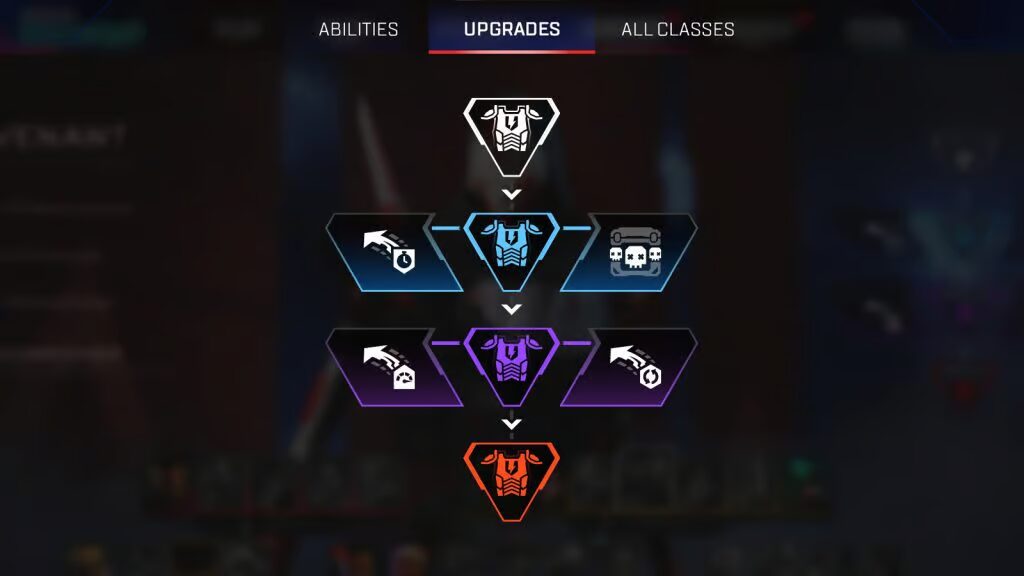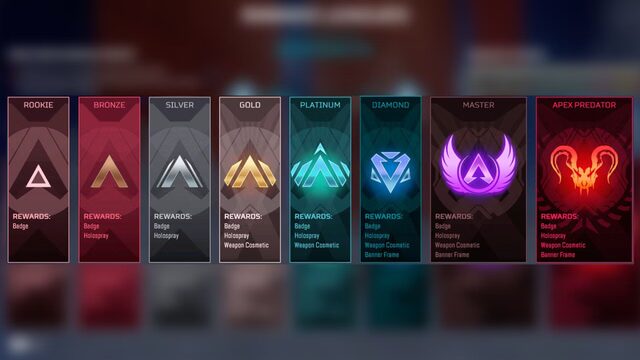Apex Legends Seasons Dates : When Apex Legends launched in February 2019, it entered the battle royale space without warning — a free-to-play shooter from Respawn Entertainment that quickly became a cultural hit. Since then, its seasonal updates have shaped the game’s identity, introducing new Legends, weapons, maps, and ranked changes.
Each update follows a structured timeline, with most seasons running for roughly 90 days. Exceptions, like the extended Season 3 or pandemic-era delays, reflect Respawn’s adjustments to development and live service pacing. Understanding the Apex Legends seasons dates not only helps players plan their Ranked climbs and Battle Pass grinds but also offers insight into how the game continues to evolve year after year.
From Launch to Live Service

The first month after launch was known as the Preseason Era (February–March 2019). It featured no Battle Pass or Ranked mode — just fast-paced gunplay and a small roster of Legends. Then came Wild Frontier, the game’s first official season, introducing Octane and setting the tone for the seasonal format that continues today.
Since then, every update has added new dimensions:
- New Legends: from Wattson and Horizon to Alter and Sparrow.
- Map Expansions: the debut of World’s Edge, Olympus, and more recently, E-District.
- System Overhauls: crafting mechanics, EVO Shields, and the Legend Class rework.
- Limited-Time Modes: Control, Shadow Royale, Gun Run, and Three Strikes.
These changes keep the experience dynamic, ensuring even long-time players find something new to master each season.
Apex Legends Seasons Timeline

Here’s the complete Apex Legends timeline, showing every season’s start and end dates alongside key additions.
| Season Name | Duration | New Legend / Update | Major Features |
|---|---|---|---|
| Preseason | Feb 4 – Mar 19, 2019 | – | Launch, no Ranked or Battle Pass |
| Wild Frontier (S1) | Mar 19 – Jun 18, 2019 | Octane | First Battle Pass, start of seasonal content |
| Battle Charge (S2) | Jul 2 – Oct 1, 2019 | Wattson | Ranked Mode, L-STAR weapon |
| Meltdown (S3) | Oct 1, 2019 – Feb 4, 2020 | Crypto | World’s Edge map, Charge Rifle |
| Ascension (S7) | Nov 4, 2020 – Feb 2, 2021 | Horizon | Olympus map, Tridents vehicles |
| Legacy (S9) | May 4 – Aug 3, 2021 | Valkyrie | Arenas mode, Bocek Bow |
| Eclipse (S15) | Nov 1, 2022 – Feb 14, 2023 | Catalyst | Broken Moon map, gifting system |
| Revelry (S16) | Feb 14 – May 9, 2023 | – | Class system overhaul, Nemesis AR |
| Upheaval (S21) | May 7 – Aug 6, 2024 | Alter | Solos mode return, Exotic Shards |
| Prodigy (S25) | May 6 – Aug 4, 2025 | Sparrow | Arenas revival, Pathfinder buff |
The game’s Season 26: Rivalry, expected to begin in August 2025, continues Respawn’s established three-month rotation. Each new cycle typically includes a ranked reset, a new or updated Battle Pass, and a major gameplay refresh.
How Apex Legends Seasons Evolved Over Time

Across six years, Respawn has used its seasonal structure to experiment and refine. A few clear patterns stand out:
1. Frequency and Balance
New Legends tend to appear every one to two seasons. When Respawn skips a new character (as in Seasons 16, 20, and 22), it’s usually to focus on gameplay systems or balancing the existing roster.
2. Map Progression
The world of Apex Legends expanded from Kings Canyon to multiple arenas — each reflecting narrative and mechanical shifts. For instance, World’s Edge emphasized vertical combat, while E-District introduced tighter urban fights.
3. Gameplay Overhauls
Systems like Crafting, EVO Shields, and the Legend Upgrade system reshaped how players approach matches. The removal of helmets and the addition of Weapon Arsenals in Season 24: Takeover marked a turning point toward more streamlined combat.
4. Events and Collaborations
Recurring Collection and Thematic Events — from Iron Crown to Post Malone’s crossover — have become seasonal anchors. These updates often bring Heirloom releases, new modes, and refreshed cosmetics tied to community celebrations.
Average Duration and Seasonal Trends

The typical Apex season lasts between 88 and 92 days, aligning with its quarterly update schedule. Each season is divided into two Ranked Splits, encouraging players to stay active throughout.
Notable outliers include:
- Season 3 (Meltdown): ran over 120 days, Respawn’s longest season.
- Season 7 (Ascension): adjusted around holiday release windows.
- Pandemic Seasons (2020–2021): saw slightly extended timelines due to production shifts.
These patterns show how Respawn balances consistency with flexibility, maintaining the game’s rhythm without overextending content cycles.
Conclusion: The Continuing Legacy of Apex Legends Seasons
From its 2019 debut to its current multi-map ecosystem, Apex Legends remains one of the few live-service titles to sustain a consistent content rhythm over six years. Each new update adds another chapter — whether it’s a Legend rework, a map overhaul, or a major system redesign.
Looking ahead to 2026, the cadence of Apex Legends seasons dates is expected to stay steady, with Respawn emphasizing deeper gameplay systems and competitive balance. For returning players or newcomers, tracking these seasonal shifts offers a clear window into how one of gaming’s most adaptive shooters keeps evolving — and why its timeline continues to matter.


